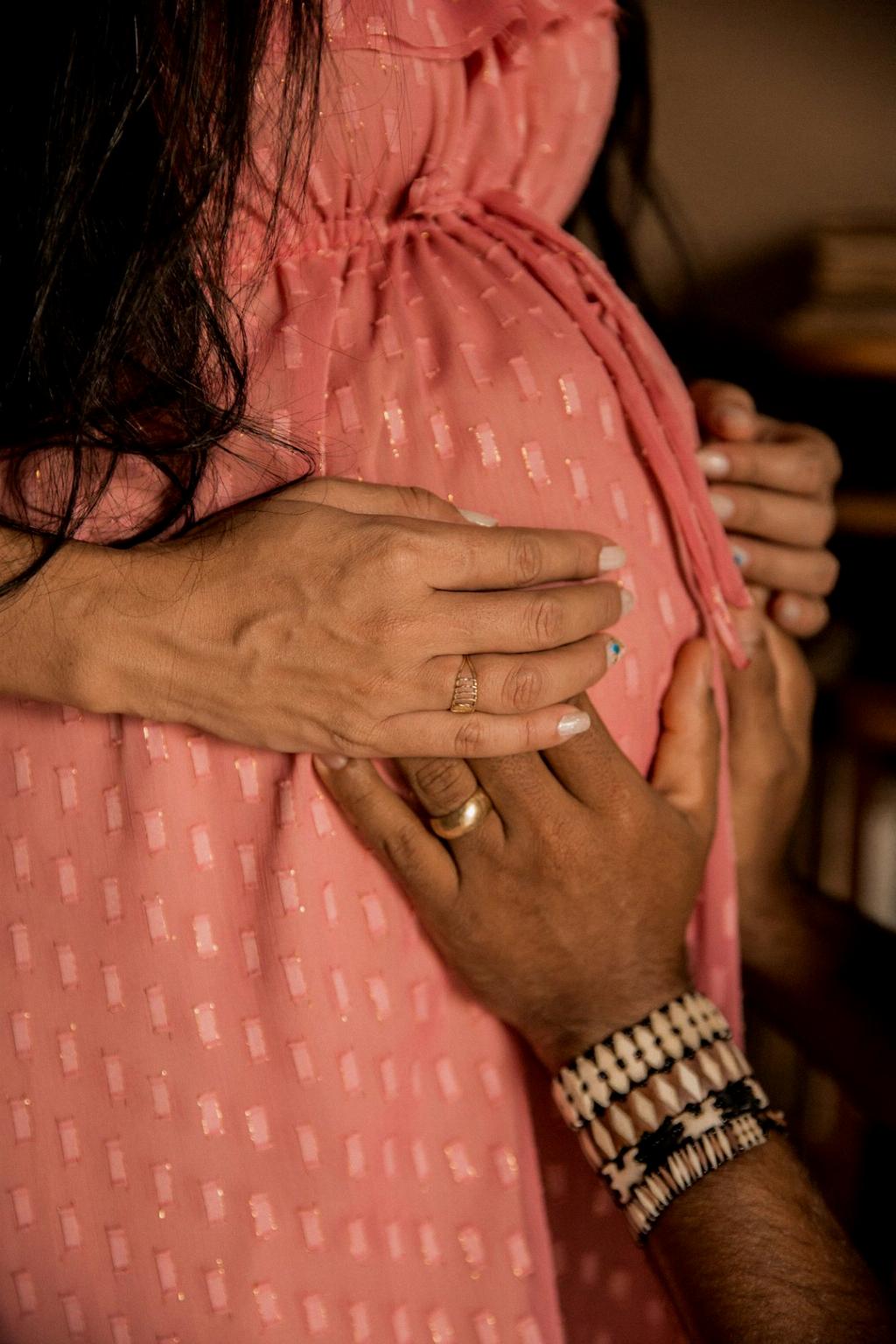When it comes to the first indicators of pregnancy, it’s essential to be aware of the various symptoms that may manifest in the initial stages. These signs serve as crucial signals that a woman may be expecting a child and should not be overlooked. Pregnancy indicators can vary among individuals, but there are common early signs to look out for.
Missed Periods
One of the most prominent indicators of pregnancy is a missed period. When a woman’s menstrual cycle deviates from its regular pattern, it can be a strong indication that she may be pregnant. A missed period prompts many women to consider taking a pregnancy test to confirm their suspicions.
Breast Changes
Another early sign of pregnancy is breast changes. During pregnancy, a woman’s breasts may become tender, swollen, or sensitive. These changes are caused by hormonal shifts in the body and can be one of the first physical signs that a woman notices.
Tiredness
Feeling more fatigued than usual is a common early pregnancy symptom. The body undergoes significant changes to accommodate the growing fetus, leading to increased levels of tiredness. Pregnant women may find themselves needing more rest and experiencing fatigue even with sufficient sleep.
Frequent Urination
Experiencing frequent urination can be another indicator of early pregnancy. Hormonal changes during pregnancy can lead to increased blood flow to the kidneys, resulting in more urine production. This frequent need to urinate can often start early in the first trimester.
Nausea and Vomiting
One of the most well-known early pregnancy symptoms is nausea and vomiting, commonly referred to as morning sickness. This discomfort can occur at any time of the day and is often triggered by hormonal changes impacting the digestive system. While morning sickness can be challenging, it is a positive indication of a healthy pregnancy.
Spotting or Light Bleeding
Some women may experience spotting or light bleeding in the early stages of pregnancy. This light bleeding can be mistaken for a period but is actually implantation bleeding caused by the fertilized egg attaching to the uterine wall.
Food Aversions and Cravings
Changes in food preferences, such as sudden aversions to certain smells or cravings for specific foods, can also be early signs of pregnancy. Hormonal fluctuations in pregnant women can lead to changes in taste buds and preferences for different types of food.
Increased Sense of Smell
Another indicator of early pregnancy is an increased sense of smell. Pregnant women may become more sensitive to odors, with certain scents triggering nausea or discomfort. This heightened sense of smell is a result of hormonal changes in the body.
Mood Swings
Hormonal changes during pregnancy can also manifest as mood swings. Pregnant women may experience sudden shifts in emotions, ranging from elation to tears, due to fluctuating hormone levels. These mood swings are a common and normal part of early pregnancy.
Constipation
Constipation can be a surprising symptom of early pregnancy, as hormonal changes slow down the digestive process. This can lead to difficulty passing stools and discomfort. Staying hydrated and consuming fiber-rich foods can help alleviate this symptom.
Headaches and Dizziness
Headaches and dizziness may also occur in early pregnancy due to changes in blood circulation and hormone levels. Pregnant women may experience increased episodes of headaches or feelings of lightheadedness as their body adapts to the pregnancy.
Conclusion
Recognizing the early indicators of pregnancy is crucial for women who suspect they may be pregnant. By being aware of these signs, individuals can take appropriate steps to confirm their pregnancy and begin prenatal care. It’s important to consult with a healthcare provider for proper guidance and support throughout the pregnancy journey.

